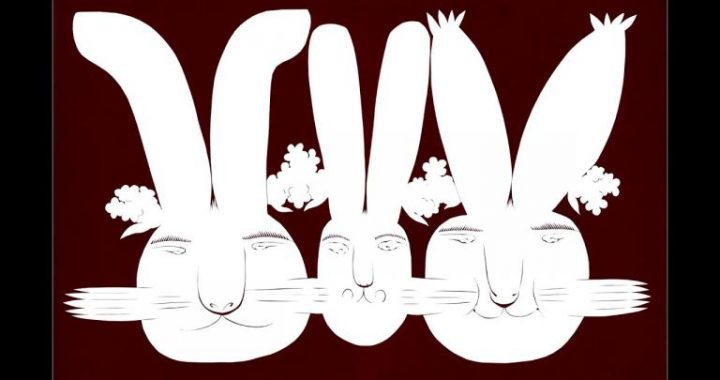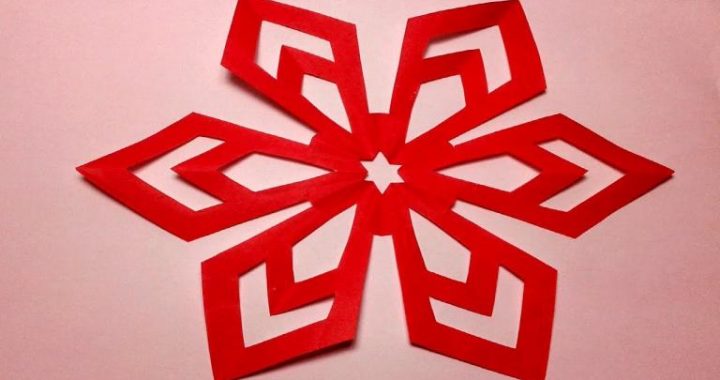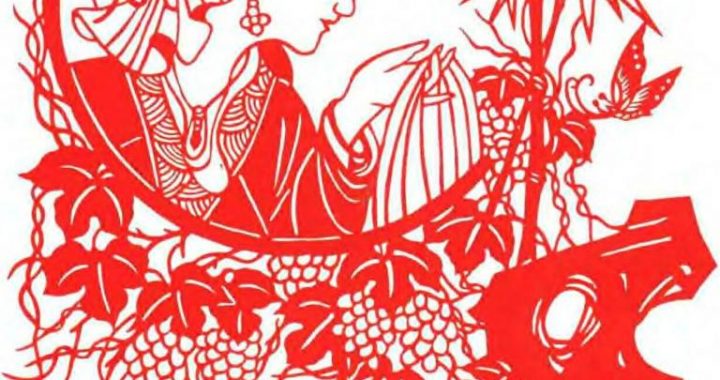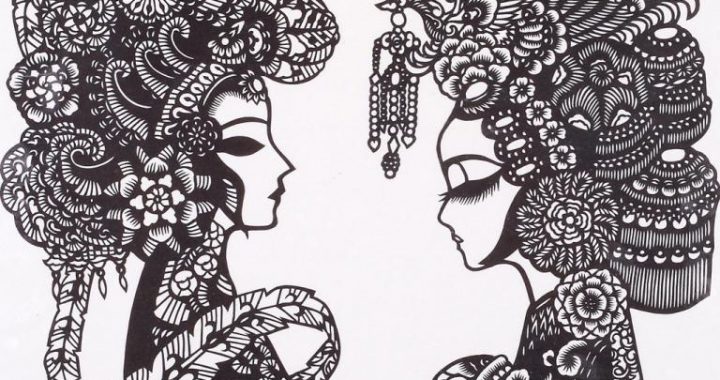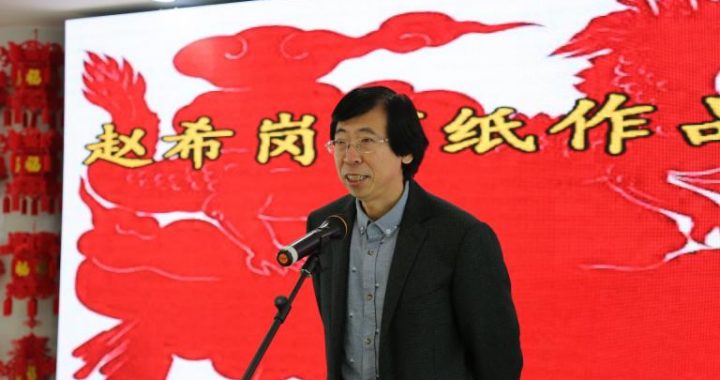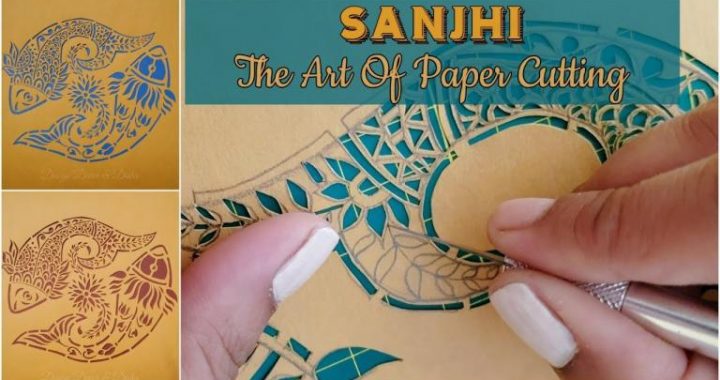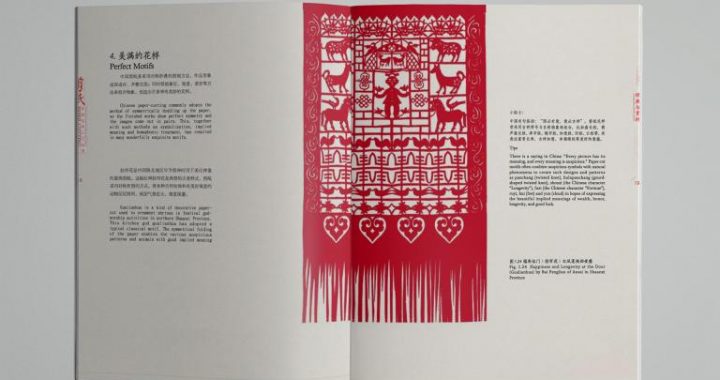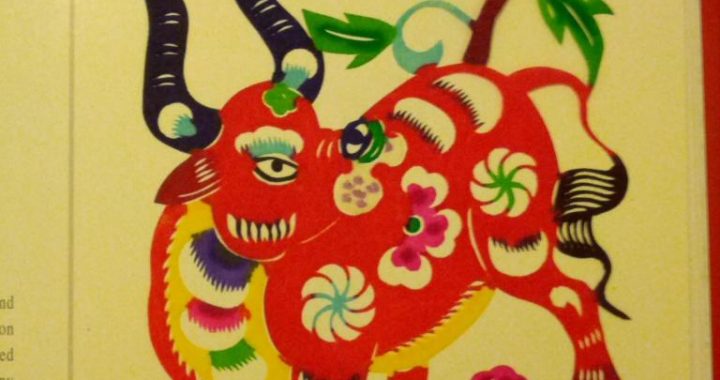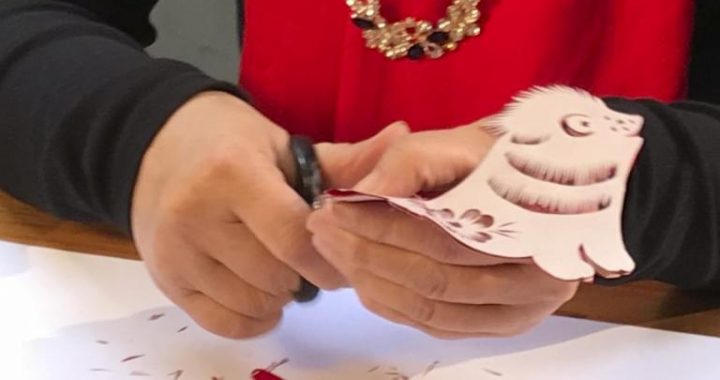ARTS AND CRAFTS OF CHINA
2 min readIn the ancient times, the Chinese people held that all sorts of articles used in daily life and production were the creations of sages. The Kao Gong Ji left from the pre-Qin period raised distinctively the plain doctrine of sages’ creation of articles: “Sages create articles and skillful people state them and observe them. They are called handicraftsmen. All things related to handicrafts are done by sages. According to the handicraft legends that have passed down from generation to generation, the right of earliest handicraft invention often belonged to those sages with deities’means or saints’ways, such as tribal chieftains, emperors and queens or their subjects. That is why there are a series of legends about how sages created articles and those very intelligent sages became the earliest handicraftsr. For instances, Emperor Xuanyuan (Yellow Emperor, a legendary ruler of China in remote antiquity)invented armor and helmet, boat and vehicle hat and crown, and clothing; Youchaoshi built nests with timbers and initiated rooms and houses; Emperor Xuanyuan’s wife Leizu was worshiped as goddess of silkworms as she taught women of her time to pluck mulberry leaves and feed silkworms; Fuxishi invented fishnet and the qin (a seven-stringed plucked musical instrument)and se (a twenty-five stringed plucked instrument); Emperor Yan invented the lei(ploughs) and(plowshares); Zhou Gong invented the zhinan che (a vehicle pointing south); Meng Tian of the Qin Dynasty invented writing brush; and Cai Lun of the Han Dynasty invented paper-making, etc.

Most of the earliest legends about handicrafts initially circulated verbally among artisans of the same trade and was then expanded to the society. During the circulation passing down from generation to generation, the legends were continuously enriched and perfected, becoming beautiful and touching. They were either about the origin of the different trades and their unique characteristics, or about the earliest master artisans who started the trade, or about how craftsmen faced bravely hard life and miserable sufferings. It may be said in a certain sense that the legends about handicrafts are used to sing and praise those skillful craftsmen and artisans little known in the past ages.
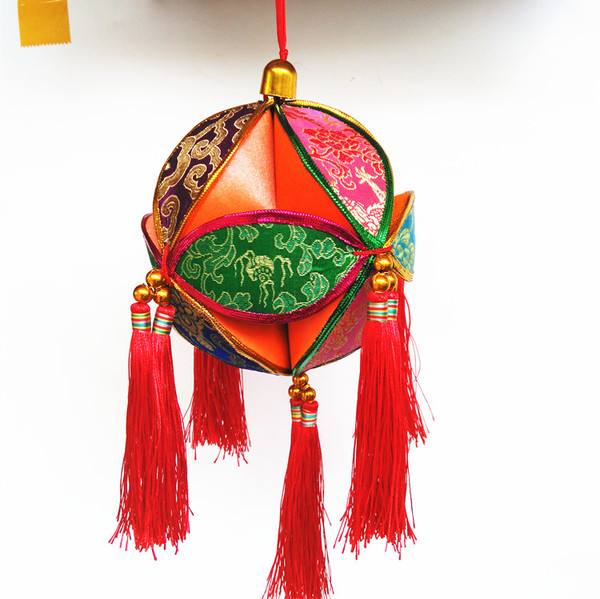
The legends about handicrafts were inherited not only orally. Part of earlier legends was also recorded in ancient books. The content of this part was rather stable but due to continuous supplement and farfetched interpretation, it has been gradually divorced from its original historical record and taken on a new legendry look.

